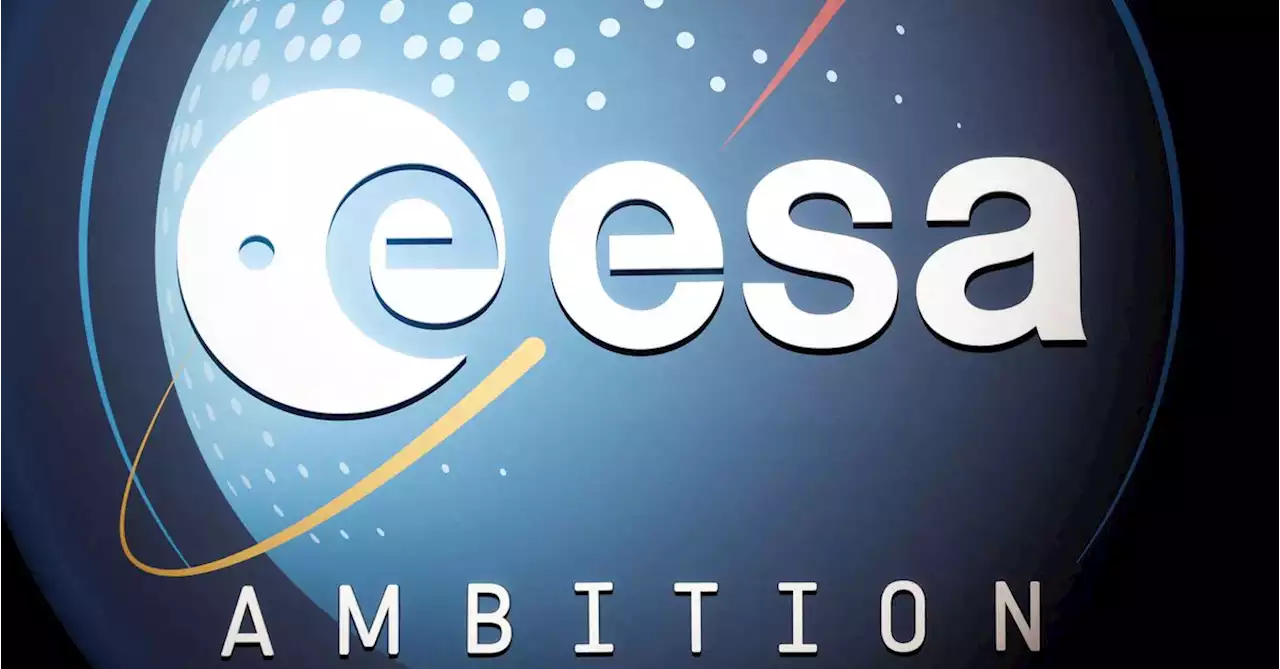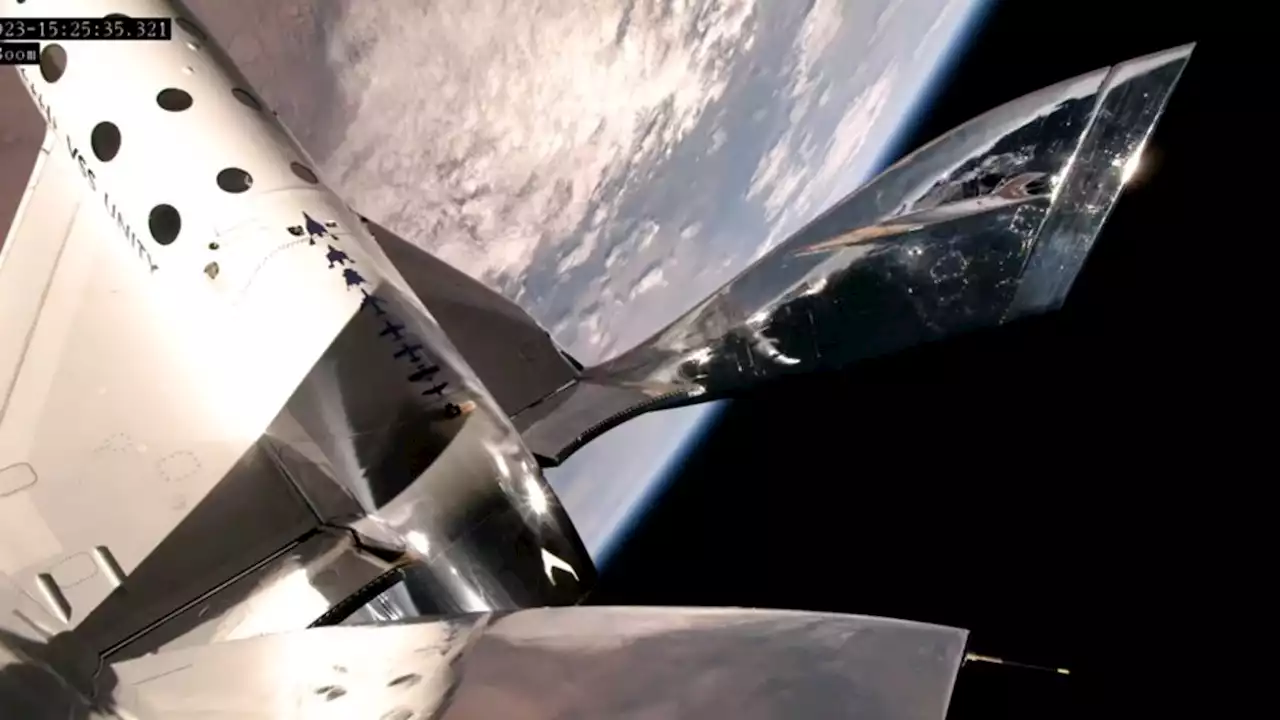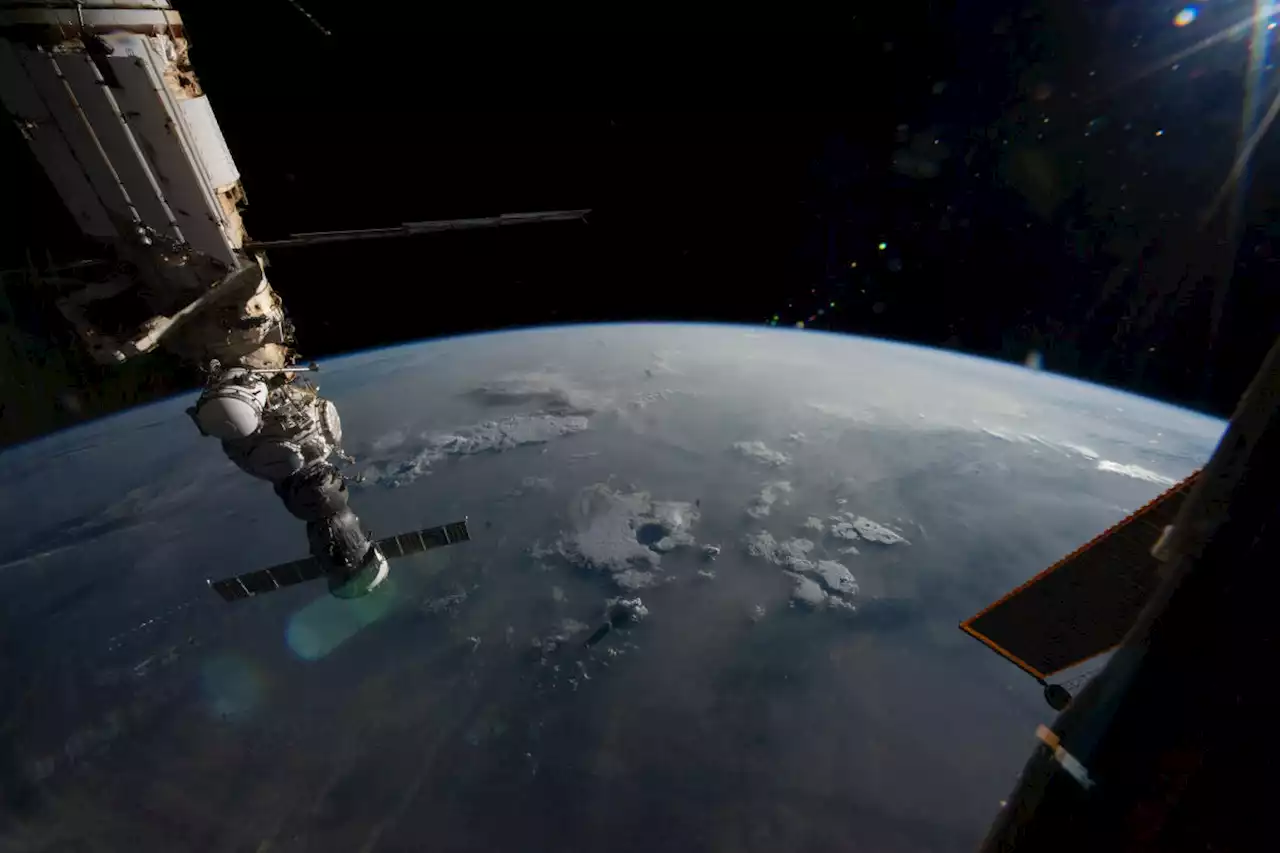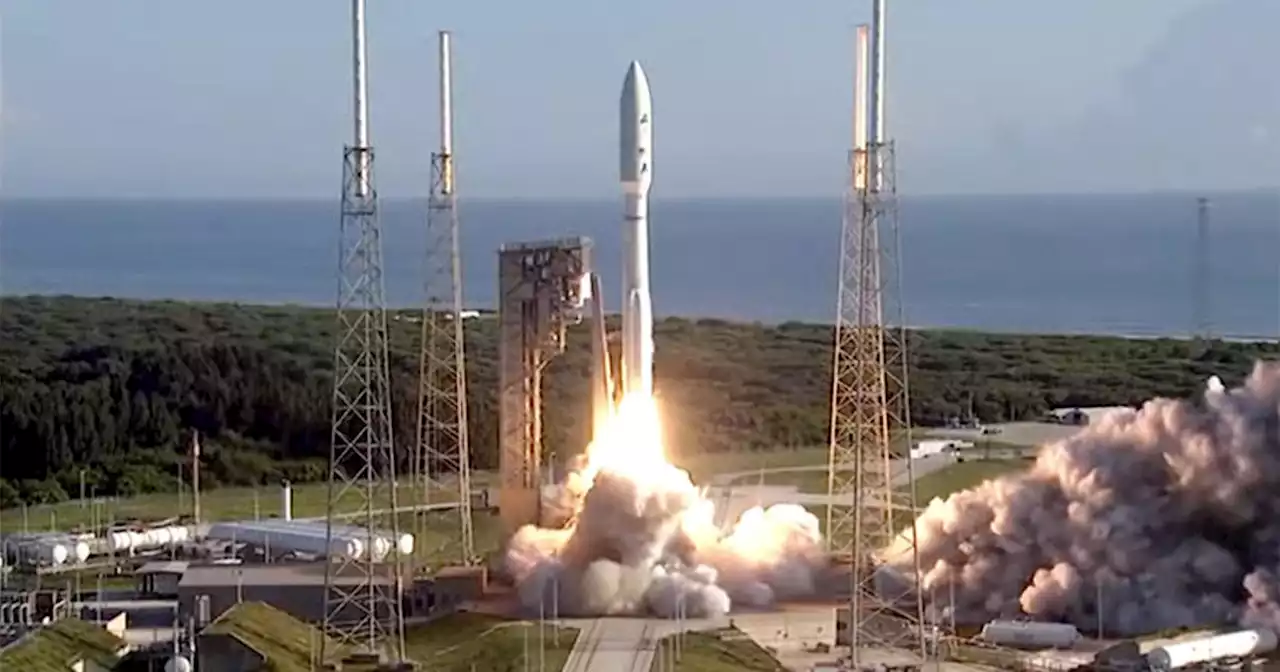The National Reconnaissance Office says the 'Silent Barker' satellites will keep tabs on potentially threatening adversary spacecraft.
By William HarwoodA United Launch Alliance Atlas 5 rocket blasted off and boosted multiple National Reconnaissance Office satellites into space Sunday to keep tabs on the behavior of potential enemy spacecraft in the high orbit favored by spy satellites, communications stations and other high-priority U.S. assets.
Along with tracking routine satellite movements,"we also want to know if there is something going on that is unexpected, or shouldn't be going on that could potentially represent a threat to a high-value asset, either ours or one of our allies," Scolese said. While the general purpose of the NROL-107 payload was openly discussed by the NRO, details about the ascent and the orbital parameters of the Silent Barker satellites were classified. As a result, ULA ended its launch commentary as the rocket's first stage was finishing it's"burn" and no other details about the flight were immediately available.
The secretive NRO seldom discusses its payloads, but in the case of Silent Barker, officials said they wanted potential adversaries to understand America's ability to keep tabs on any such threats to in the so-called"geo belt," which is difficult to monitor from Earth's surface given the distances involved and the vagaries of weather and lighting.
United States Latest News, United States Headlines
Similar News:You can also read news stories similar to this one that we have collected from other news sources.
 SpaceX Cements Status as Space Gatekeeper Even as ULA Launches Space FlightA ULA space launch went off successfully Sunday morning after being pushed back a couple of times. The whole episode shows why SpaceX has such an edge in,...
SpaceX Cements Status as Space Gatekeeper Even as ULA Launches Space FlightA ULA space launch went off successfully Sunday morning after being pushed back a couple of times. The whole episode shows why SpaceX has such an edge in,...
Read more »
 The US Space Force has a new mission statement to secure everything 'in, from and to space'It's now much easier for Space Force Guardians to outline their core mission.
The US Space Force has a new mission statement to secure everything 'in, from and to space'It's now much easier for Space Force Guardians to outline their core mission.
Read more »
 Scientists study distributed satellite cluster laser networking algorithm with double-layer Markov DRL architectureWith the development of satellite networks, space-air-ground integrated networks, and the Internet of Things, the future giant constellations, high-resolution Earth observation, human-crewed spacecraft, space stations and other space-based information systems have put forward an increasingly urgent demand for large-capacity space networking and information transmission.
Scientists study distributed satellite cluster laser networking algorithm with double-layer Markov DRL architectureWith the development of satellite networks, space-air-ground integrated networks, and the Internet of Things, the future giant constellations, high-resolution Earth observation, human-crewed spacecraft, space stations and other space-based information systems have put forward an increasingly urgent demand for large-capacity space networking and information transmission.
Read more »
 Europe's space agency welcomes UK deal with EU on satellitesThe European Space Agency on Friday welcomed a deal for Britain to resume full membership of Europe's Copernicus programme, easing doubts over the next batch of climate-tracking satellites and the completion of development work by European space firms.
Europe's space agency welcomes UK deal with EU on satellitesThe European Space Agency on Friday welcomed a deal for Britain to resume full membership of Europe's Copernicus programme, easing doubts over the next batch of climate-tracking satellites and the completion of development work by European space firms.
Read more »
 Virgin Galactic launches 3 of its original space tourist customers to the final frontier (video)The 'Galactic 03' mission was a success.
Virgin Galactic launches 3 of its original space tourist customers to the final frontier (video)The 'Galactic 03' mission was a success.
Read more »
 Scientists may have a solution to the International Space Station's fungus problemIn a cross-collaboration between researchers at the University of Colorado, MIT, and the NASA Ames Research Center, researchers studied how to prevent microbial build-up on surfaces on the ISS. The findings are critical because fungal growths can clog filters in water processing systems and make astronauts sick.
Scientists may have a solution to the International Space Station's fungus problemIn a cross-collaboration between researchers at the University of Colorado, MIT, and the NASA Ames Research Center, researchers studied how to prevent microbial build-up on surfaces on the ISS. The findings are critical because fungal growths can clog filters in water processing systems and make astronauts sick.
Read more »
